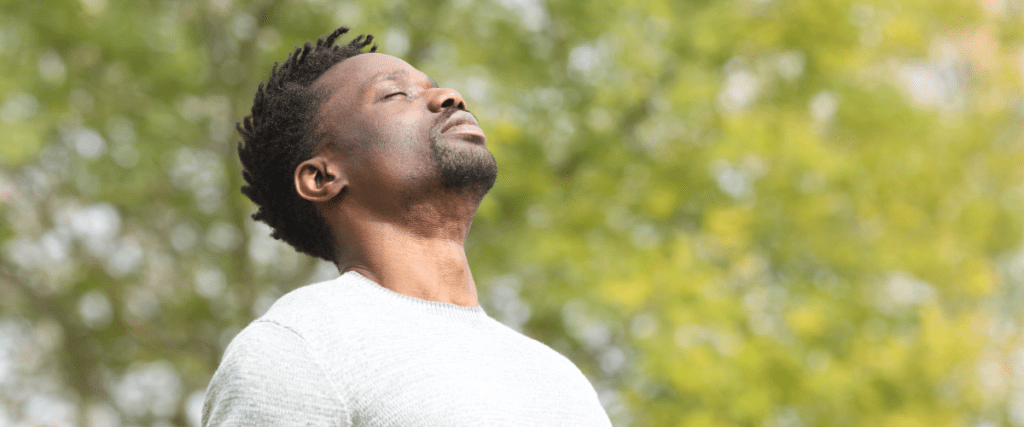
Power of Breathwork
Our breath provides oxygen to our cells and energy to our body. When stressed or anxious, individuals often experience increased heart rate, and short shallow breathing, which in turn increases the stress and anxiety.
What is Focused Breathwork?
Focused breathwork is a powerful technique that helps reduce anxiety, stress, and depressive symptoms. It can also improve sleep quality, clarity of mind and creativity, and support the immune system. Focused breathwork can also help athletic performance, support recovery from addiction, and improve academic achievement.
Following over fifty years of scientific research, breathwork is now widely incorporated into therapeutic practices in the fields of mental and physical wellness.
Many mental health professionals are now integrating therapeutic lifestyle change as part of evidence-based practice by educating clients about diet, exercise, time in nature, social connection, mindfulness and breathwork as part of an overall wellness regime.
The role of the Vagus Nerve
Known as the Rest and Digest system, or the Gut-Brain axis, the vagus nerve is part of the autonomic nervous system. It plays a primary role in the functions of the parasympathetic and peripheral nervous systems, in controlling digestion, heart rate, and the immune system.
During times when we are anxious, the vagus nerve struggles to maintain a good tone as it works overtime to prepare the body to fight or flee from perceived threats.
This can cause us to experience symptoms of anxiety, such as increased heart rate and blood pressure, shallow or restricted breathing, dizziness, sleeplessness, shaking, sweating, tightness in the chest, shoulders and abdominal muscles, unexplained aches and pains, feelings of exhaustion, lacking motivation.
Improving Vagal Tone through Breathwork
When we are experiencing stress and anxiety, how do we improve our vagal tone? The power is in Breathwork.
The practice of breathwork may be known by many names: Ujjayi breath, box breathing, diaphragmatic, etc. However, the methods all align with the principles of mindfulness, meditation, relaxation, and improved overall mental and physical wellness.
Conscious, rhythmic breathing helps us to focus more on our body and less on unhelpful thoughts or worries. Abdominal and intercostal muscles around the ribcage immediately relax and release pressure on the vagus nerve. Stress hormone levels instantly reduce, the immune system returns to homeostasis (equilibrium), the heart rate will decrease, and blood and oxygen will flow unrestricted to help calm peripheral nerves, and improve clarity of mind.
Powerwork Practice
Count to 4 while breathing deeply through your nose. Your belly should expand.
Count to 7 while holding that deep breath.
Count to 8 slowly while exhaling through your mouth. The outward breath gently vibrates the vagus nerve.
Imagine you are breathing in calm and goodness. When you breathe out, imagine you are exhaling your negativity and stress. Ideally, try incorporating relaxed imagery as a form of meditation.
Relax your body by allowing your arms, legs, neck, and abdomen to go limp. Feel your body ‘flop’ heavily where you sit or lie, in total relaxation.
Continue the breathwork as your mind takes you to a beach (or other place) where you feel safe, comfortable, and happy. If other thoughts enter your mind, re-focus on your safe place.
Continue to focus on that place as you breathe deeply in time with the motion of the waves on the shore or other rhythms in nature.
Ground your senses in your imagined environment.
Strive to notice small details that you may never have noticed before; colours, patterns, distant sounds, smells in the air, flowers, trees, leaves rustling in the breeze.
Be aware of bodily sensations, your breath, heartbeat, and relaxed shoulders.
Journal your experience and include the gratitude that you feel.

